Plastic through the ages
There was a moment in the 1950s when everything was suddenly made of plastic. The new, versatile material was inexpensive and popular due to its durability. It soon became clear that it also had downsides, and recycling would be important. Nowadays plastic is facing some criticism, but many applications are simply not feasible without the material. And various alternatives that claim to be sustainable have an impact on the environment in other ways. Following the trail of a much-discussed material.
Where we come from …… and where we are going
Not all plastics are the same. Whereas mass-produced goods must be pure, i. e., they may not contain any toxic substances, technical plastic is very complex. It must meet mechanical requirements and legal conditions. So it is not as easy as it might seem to identify where savings can be made, or where less or recycled material can be used. The fact is that there is a lot to learn, relating to both the past and present.
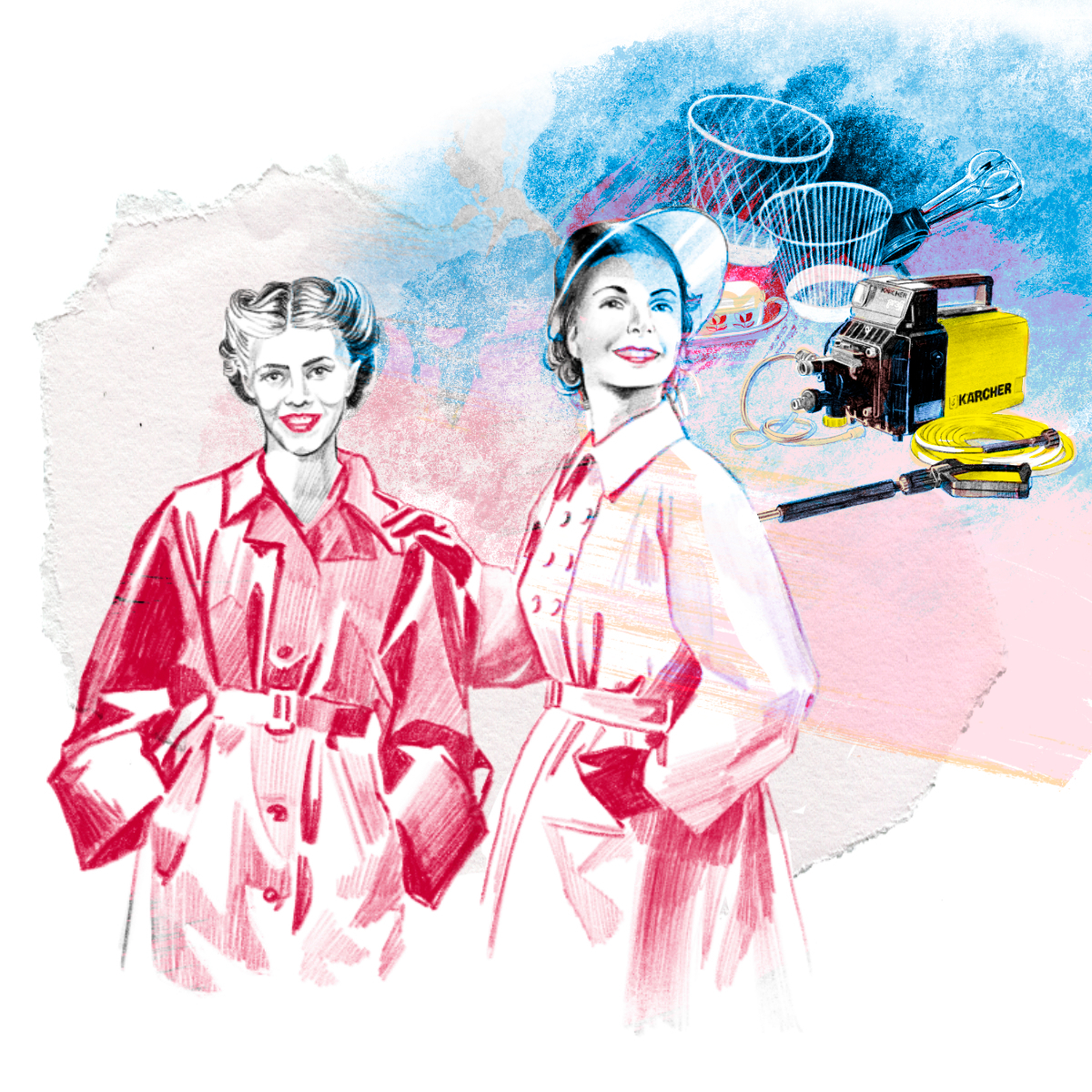
Review: Plastic is lightweight!
The absolute plastic buzz in the middle of the 20th century may not be easy to understand for many today. On closer examination, it is quite clear that the euphoria was justified by its clear advantages. Until then, metals were the construction material for all types of devices and machines – and metals were expensive and heavy. Here was a material that was durable insulating, sound-absorbing and heat-insulating, as well as being lightweight and inexpensive; this was the equivalent of a technical revolution. Its properties and suitability for mass production made plastic the material on which the German economic miracle was built after World War 2.
Daniel Carmine Manocchio, manager of the materials laboratory at Kärcher, explains: “With every new technology, there is hype when it is rolled out to the mass market. One need only think of the dreams of nuclear-powered private cars or the current wave in artificial intelligence. However, in the end the excitement has to come back down to earth.” For Kärcher, too, plastic was a step towards ergonomic, sustainable products. The first mobile high-pressure cleaner, the HD 555 from 1984, weighed a full 15 kilograms. This meant that mobile use was possible, but not convenient for the user. “Plastic offered the possibility of reducing the weight considerably. Today such products weigh between five and ten kilograms,” says Manocchio.
Another aspect that got people fired up about plastic in the early days was its durability, which at that time was a clear advantage in terms of value preservation.
Insight: The issue of recycling
The first recycling wave came at the beginning of the 2000s, simply because the grinding and adding of production residues led to material and therefore cost savings. However, recycling, whether it is by remelting sorted waste or chemically by pyrolysis, is still expensive and not widely established. “Plastic is of great importance in the technical sector because its properties can be modified by adaptations to the structure and composition,” adds Manocchio. “The meticulous separation of different plastics is very important in recycling as otherwise the properties of the recycled material are drastically impaired. This is tricky for technical components.” Virgin material is often not only of better quality but also cheaper than recycled materials.
Nevertheless, Manocchio can see a shift in the market: “Everyone understands that using a bottle of shampoo every week is a problem. But the focus is increasingly on the fact that plastic is also used in a high-pressure cleaner, for example, and electrical devices are generally not disposable devices.” Since 2012, Kärcher has increased the proportion of recycled plastics in its machines by a factor of four. Since the end of 2018, the company has been using the Technyl4Earth technology for the manufacture of spray lances (see section: Making New From Old). Within the framework of the sustainability strategy, more changes are being introduced across the entire company, right through to the reduction of packaging materials (see section: Less Is More).
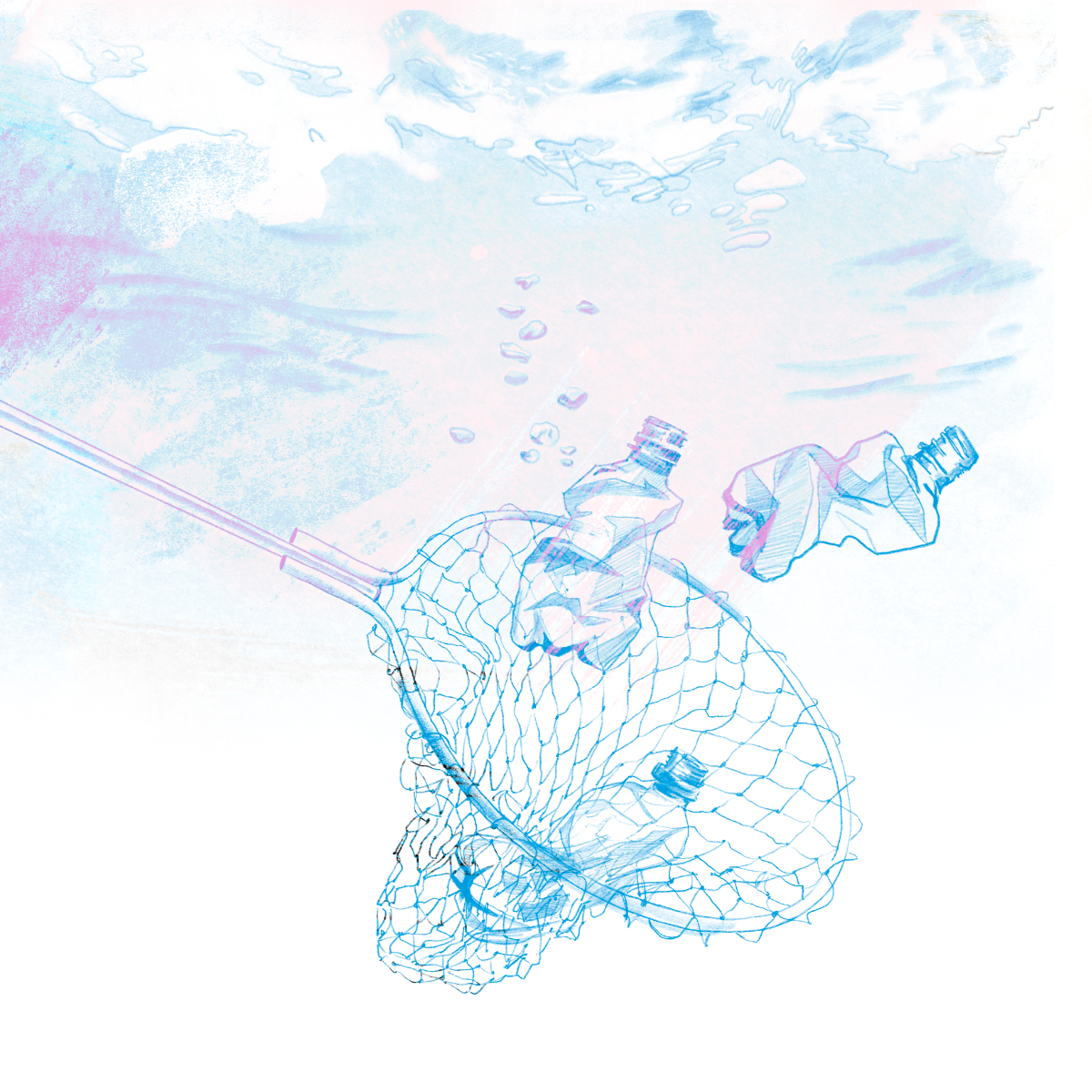
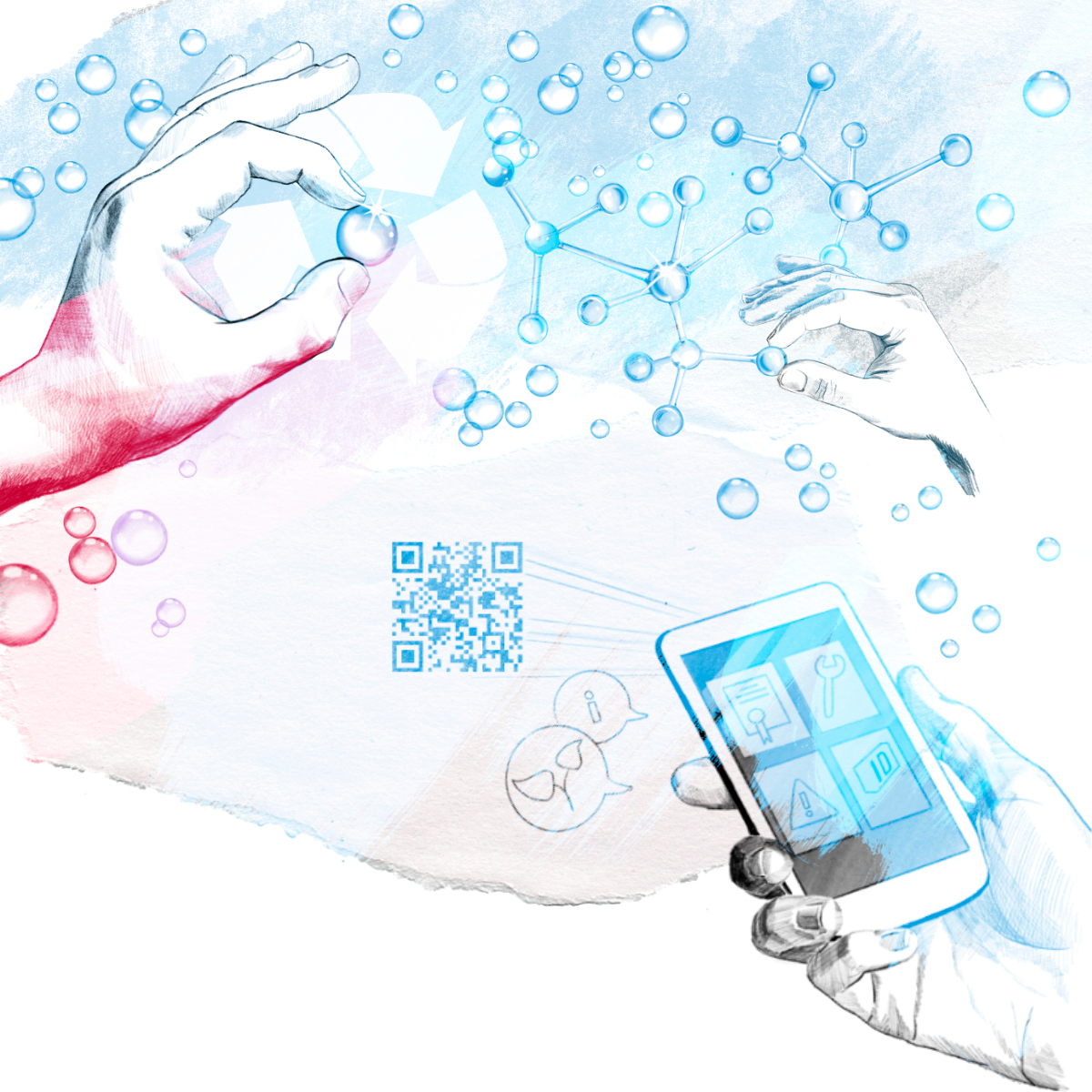
Future: What is sustainable?
Every human being probably secretly asks themselves the question of what behaviour ultimately makes a contribution to protecting our planet. “The situation is extremely complex, even for the simplest applications,” states Manocchio. “If a paper shopping bag is only used once because, for example, it got wet and ripped, then a reusable plastic bag would have been more sustainable.”
At Kärcher, the aim is to keep a close eye on sustainability in the development of products. The EU Ecodesign Directive provides a legal framework, that has also been adopted globally in some instances. A core idea is design for recycling, which also counteracts the image that sustainability is always expensive. “If I reduce the use of materials, this is less expensive. If I replace composites with recycled materials, this is less expensive in the long run,” explains Manocchio. “Take one small detail: if I leave out the plastic bag packaging the accessories, this is less expensive. And all this is good for the environment.”
Another key concept is the recycling economy aspired to by the EU, which also focuses on the principles prevention, reduction and reuse of materials (see interview with Leo Stein, Manager Environmental Policy at the ZVEI – the German Electrical and Electronic Manufacturers’ Association). To ensure the world remains liveable for subsequent generations, every company and every single human being are ultimately required to change their behaviour. Daniel Carmine Manocchio sums it up: “The path to the future consists of so many small steps that so many people have to take together. We should make a start and not be daunted by the complexity.”

„Partnerships are the way forward.“
Interview with Leo Stein (ZVEI), Manager Environmental Policy at the ZVEI – the German Electrical and Electronic Manufacturers’ Association
Mr Stein, in your opinion what are the relevant trends with a view to sustainability for companies?
There are all sorts of trends, I’ll confine my answer to the institutional side. The European Commission’s Circular Economy Action Plan sets out some guidelines for companies over the next few years. It is about a sustainable product policy, ecodesign and the right to claim for repair. This aspect perfectly highlights the complexity of the connections: who may carry out the repair so that the legal obligations of the manufacturer are not counteracted with respect to the warranty? We need new ideas and approaches to succeed – and they are also in development.
What exactly is being developed?
Various companies are working on new recycling methods, e. g., for secondary plastics. Recycled materials using chemical processes are pure, but still somewhat expensive. Mechanical processes do not always yield the level of quality that is required for product safety. In this respect, in future there will probably be a mix of methods and materials because there is no “one size fits all” principle in industry. Other ideas aim to reduce the use of materials – and not just in terms of plastic. In accordance with an EU regulation, all relevant data must be enclosed with a product, which uses vast amounts of paper and resources. At the ZVEI there is an exciting project underway: the digital type plate. It makes the information available to companies online in a standardised manner.
For you personally: what do we need to make the future sustainable?
Firstly, it can already be seen that partnerships bring progress. The manufacturers of electronic equipment, the recycling industry and the manufacturers of primary plastics can achieve a great deal together. Secondly, we should stop focusing on our concerns or reservations – in many cases we simply need to act. And thirdly, I think we all need to take responsibility: even I, Leo Stein, have to take a good look at myself and consider what I need, how I can properly dispose of products and what can be repaired


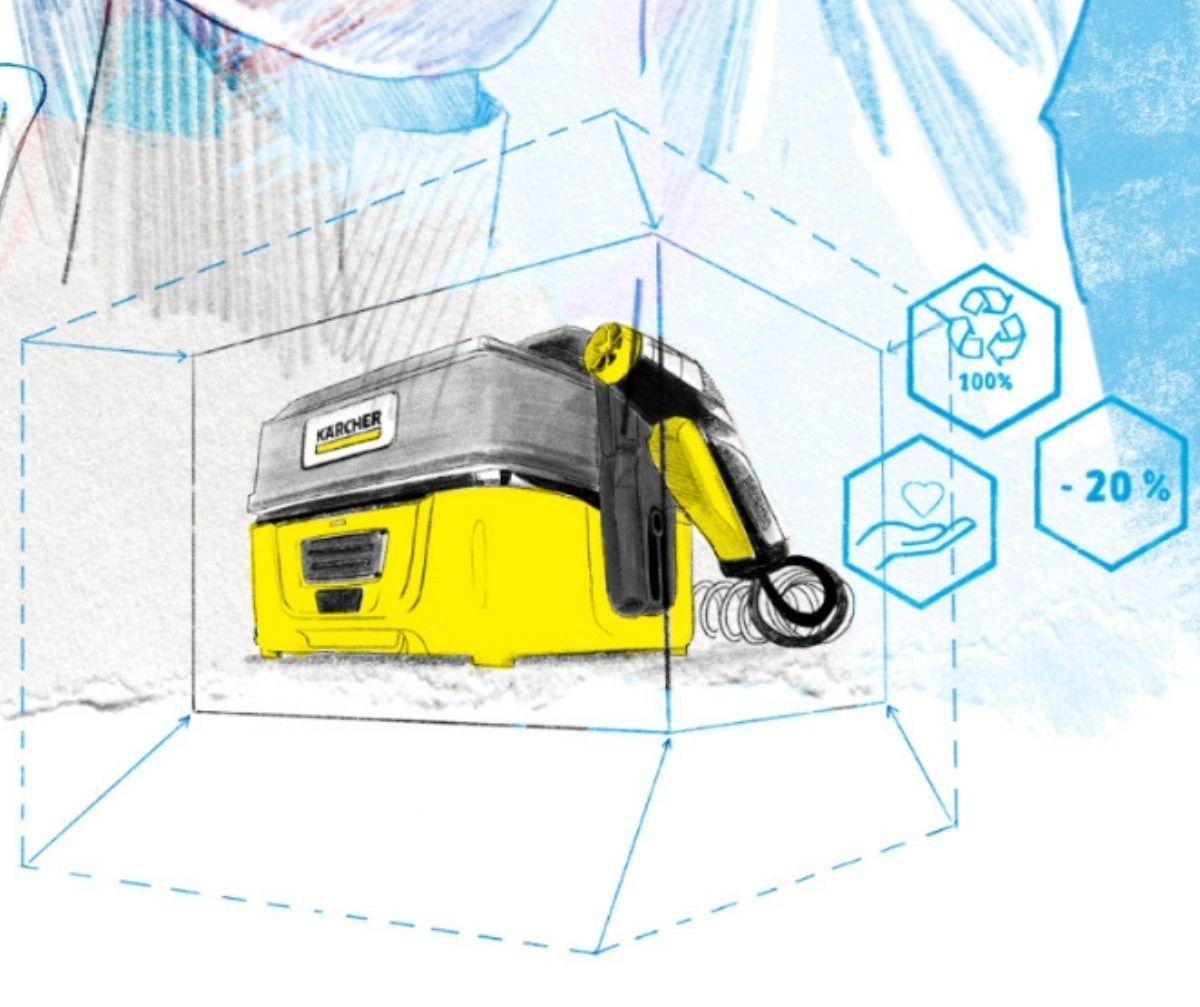
What Kärcher is working on
Less is more: Reduction of Packaging
Packaging is a key issue when it comes to saving material. Up to now, four polystyrene inserts were used for the OC 3 mobile outdoor pressure washer in order to protect the device during transportation: plastic waste that is avoidable. The box was made smaller and a cardboard insert was developed. The packaging size was also reduced by 20 per cent, no more plastic is used – and the costs for the packaging have dropped 45 per cent.
Making new from old: Airbags and Ocean Plastic
Kärcher is one of the first companies to use the Technyl4Earth technology from manufacturer Domo in series production for the consumer market. Polyamide is recycled from the fabric of old airbags and remnants from their production. In order to make the material tough enough for spray lances and generally robust, it is reinforced with 30 per cent glass fibres.
Kärcher is also carrying out intensive research into the use of ocean plastic. The largest proportion of plastic prevalent in the oceans is made up of packaging materials such as PET, PE, PP and PVC. These are virtually useless for Kärcher due to their properties but are nevertheless monitored constantly.
You may also be interested in:
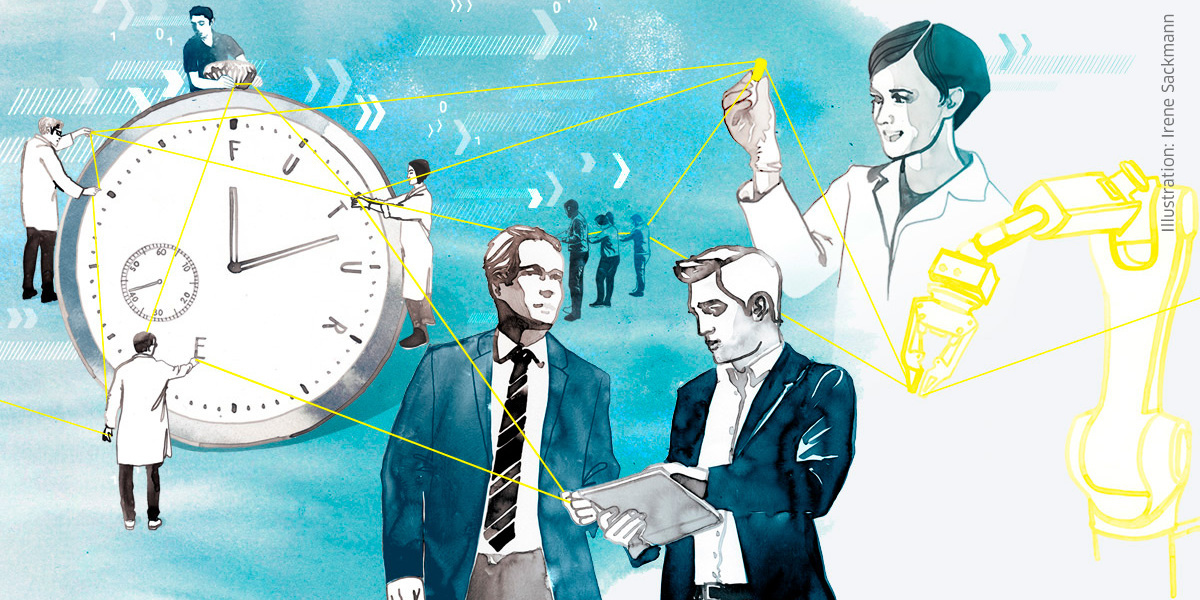
Everything is connected
Digitalisation, artificial intelligence and robotics: technology mega trends are driving huge disruption to the world of manufacturing across the planet. Humans, machines and processes are becoming ever more closely interwoven as we strive to improve productivity. Nobody knows exactly where we are heading – but the journey is certainly an exciting one!
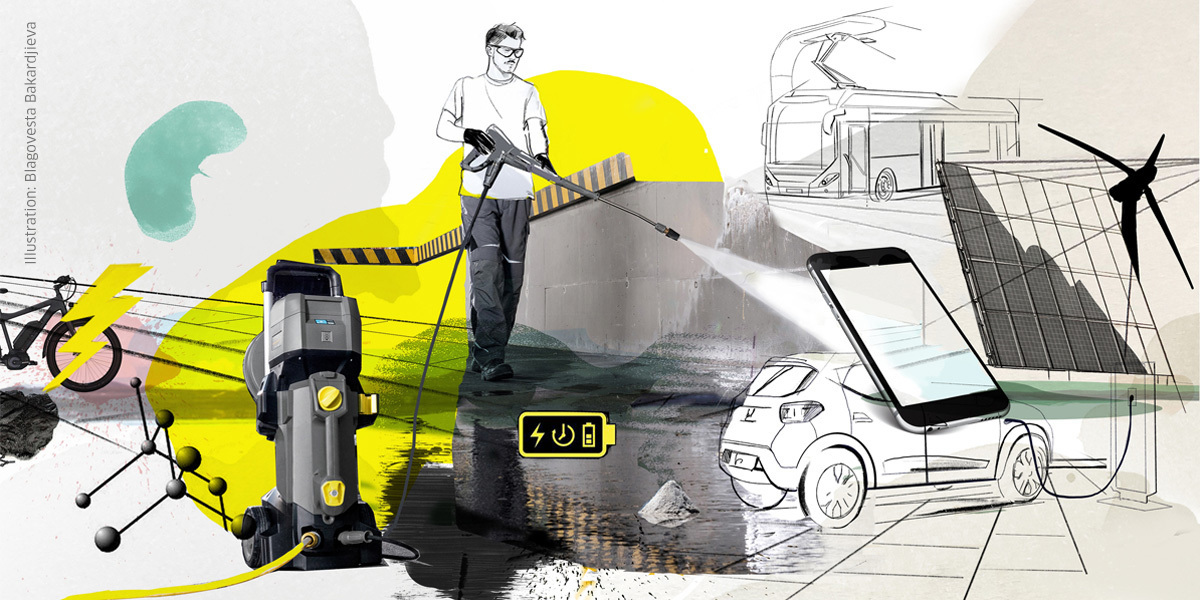
A look at the future of mobile energy storage
Everyone is talking about battery technology at the moment, and the 2019 Nobel Prize for Chemistry was even awarded for battery research. Mobile energy storage has already provided new opportunities in all areas of life – from mobile phones to electric vehicles and even medical applications. So let’s take a quick journey through the rapid development of lithium-ion technology, look at upcoming trends and ask whether trainers really need lights.
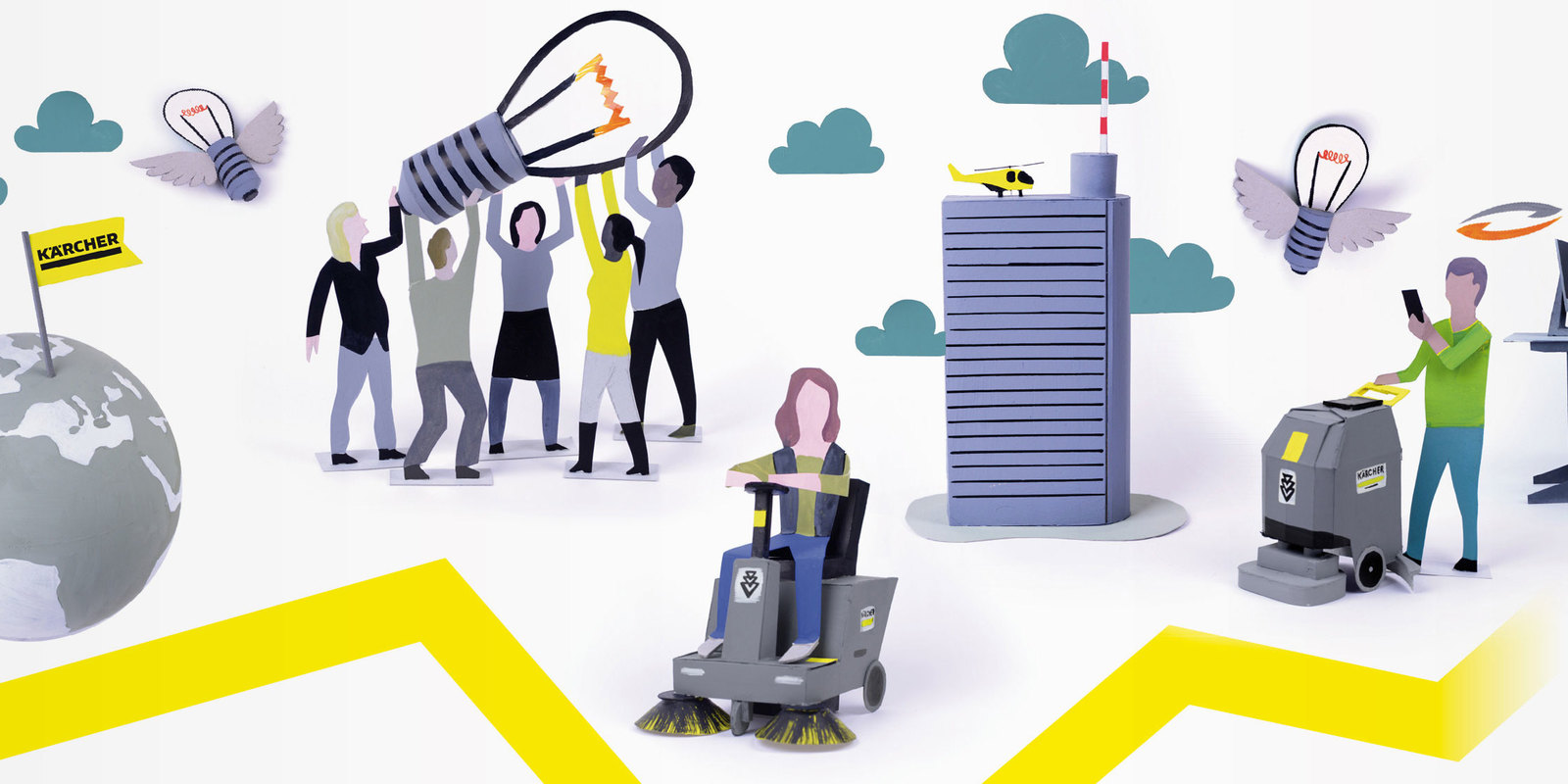
Let ideas take flights without losing touch
On the one hand big companies that are active all around the globe. On the other hand young start-ups. It is a known fact that these two worlds can work very productively together and create innovations. It is also about bridging major differences.

